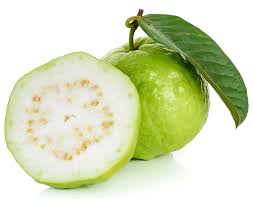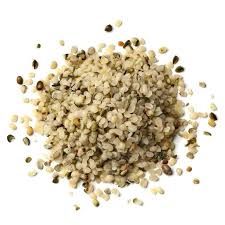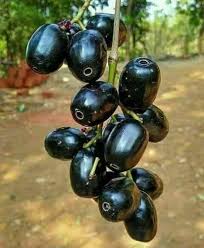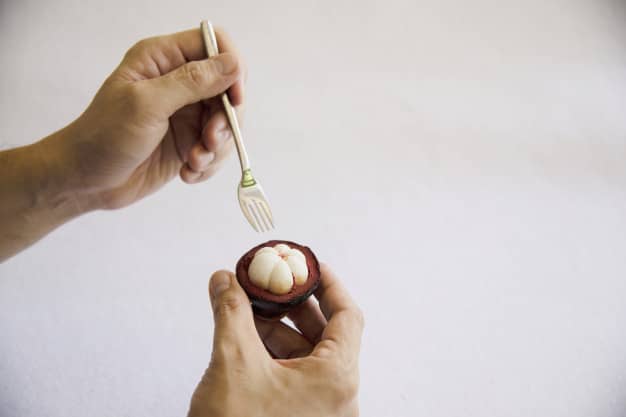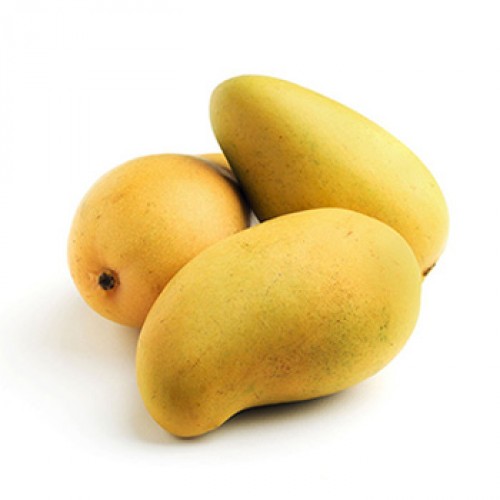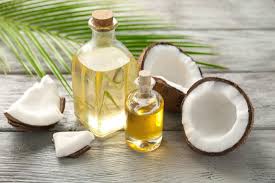
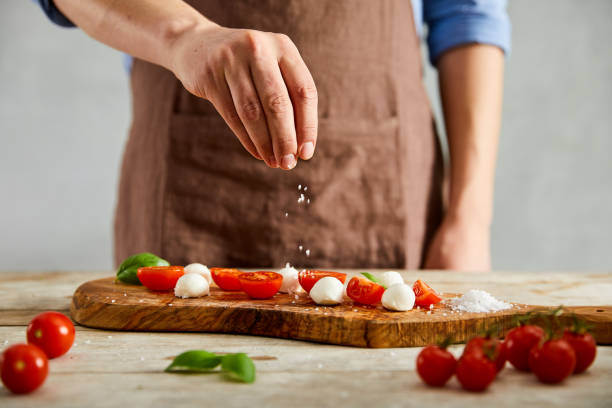
Which Salt to Pick ? A HB Guide to Salts
A world without salt? That sounds flavourless. Salt imparts & enhances flavour, balances out sweetness, brings out the subtle flavours in fat and generally completes a dish!
Not only for flavour, its needed by the body in maintaining fluid levels, conducting nerve impulses, contraction and relaxation of muscles. But, like any other ingredient too much is too bad applies to salt as well.
We often get asked about the different types of salts at Healthy Buddha..so let us talk SALT shall we ?
We have these light rose pink coloured salt which are naturally occurring deposits in the mountains. They are collected by hand from the mountain regions near the Himalayas. It is said that the source of these deposits are ancient seas.
This unrefined, pure salt is said to contain 84 naturally occurring minerals, elements and metals -including traces of natural iodine. Its pink colour is known to be attributed to the presence of these minerals. It can be used in any form from cooking, crusting to seasoning. The larger crystals work well as a cooking salt while the powder is useful as a garnishing salt.
It has some non dietary uses as well like in bath salts, said to help relieve sore muscles. Even salt lamps made of these are said to remove pollutants in the air.
2. Black Salt
Second one is the Black salt also known fondly as Kala Namak in traditional Indian cooking. It is actually a rock salt originating from regions around the Himalayas as well. But the difference is this one is a volcanic rock salt while Pink salt has ancient sea origins.
It lends a unique pungent and tangy taste due to the traces of sulphur compounds in addition to sodium chloride. Most popularly used in the spice blend we all love - Chat Masala. Great as a zingy flavour enhancer for our fruits, salads, raita, over snacks items like chips, chutneys & ofcourse chats!
3. Sea Salt
Next up on the HB list is Sea Salt. The name gives it away - this salt is formed by evaporation of sea water on shores. We get ours from the shores of Gokarna, in north of Karnataka.
This does not undergo any further artificial processing methods and hence retains its minerals. It has a wide range of uses - it can be used with literally anything ! Its quite quick to dissolve and also impart flavour.
Wait..Are sea salt and table salt the same ?
NO, they are different in texture, composition and method of preparation. We decided not to sell table salt at HB as it goes through a lot of processing.
Heated evaporation and chemical treatment to remove impurities results in loss of its minerals too. Dextrose is added to stabilize potassium iodide (iodised salt) from oxidising and evaporating. It is also bleached to give its white appearance.
Anti-caking agents like calcium silicate are commonly added to make table salt free flowing and prevent from clumping together.
Iodine content in these natural salts are considered minimal to none. But, other natural good sources like dairy, seafood, grains and eggs can be had instead of consuming a salt with high level of processing and additives.
When to use Himalayan Pink Salt vs Sea Salt ?
Sea salt in general is perceived to have a more sharp salty taste than Himalayan pink salt.
Use pink salt in dishes where you want the salt to melt away and also let other ingredients shine. Like over grilled protein, salads.
Use sea salt in dishes where you want to retain texture like on eggs, pasta, even desserts.
You can pick any of these natural salts as per your preference, but remember that even for pure salts of natural origin consuming in moderation is key.




